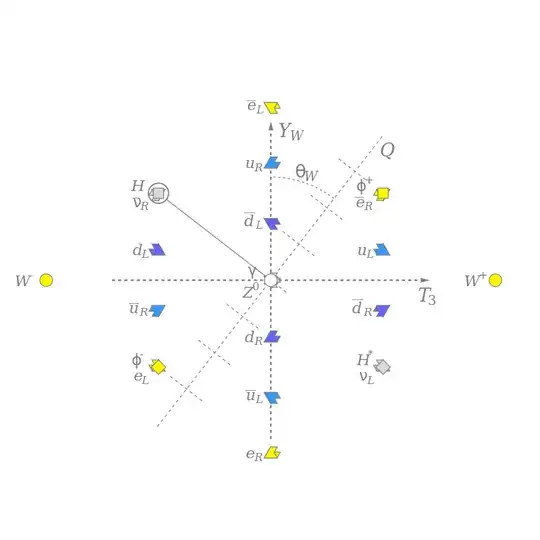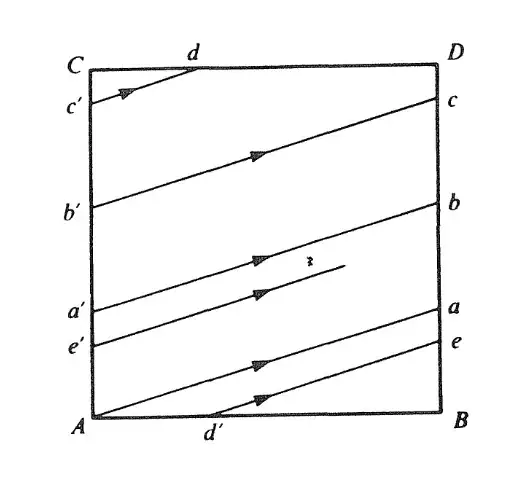In John Preskill's review of monopoles he states on p. 471
Nowadays, we have another way of understanding why electric charge is quantized. Charge is quantized if the electromagnetic $U(l)_{\rm em}$ gauge group is compact. But $U(l)_{\rm em}$ is automatically compact in a unified gauge theory in which $U(l)_{\rm em}$ is embedded in a nonabelian semisimple group. [Note that the standard Weinberg-Salam-Glashow (35) model is not "unified" according to this criterion.]
The implication of the third sentence is that, in some circumstances, the $U(1)_{\rm em}$ gauge group may not be compact. How could this be? Since $U(1)$ as a differentiable manifold is diffeomorphic to $S^1$ isn't it automatically always compact?
The following paragraph:
In other words, in a unified gauge theory, the electric charge operator obeys nontrivial commutation relations with other operators in the theory. Just as the angular momentum algebra requires the eigenvalues of $J_z$ to be integer multiples of $\frac{\hbar}{2}$, the commutation relations satisfied by the electric charge operator require its eigenvalues to be integer multiples of a fundamental unit. This conclusion holds even if the symmetries generated by the charges that fail to commute with electric charge are spontaneously broken.
is OK, but I don't follow what that has to do with the compactness of $U(1)$.

